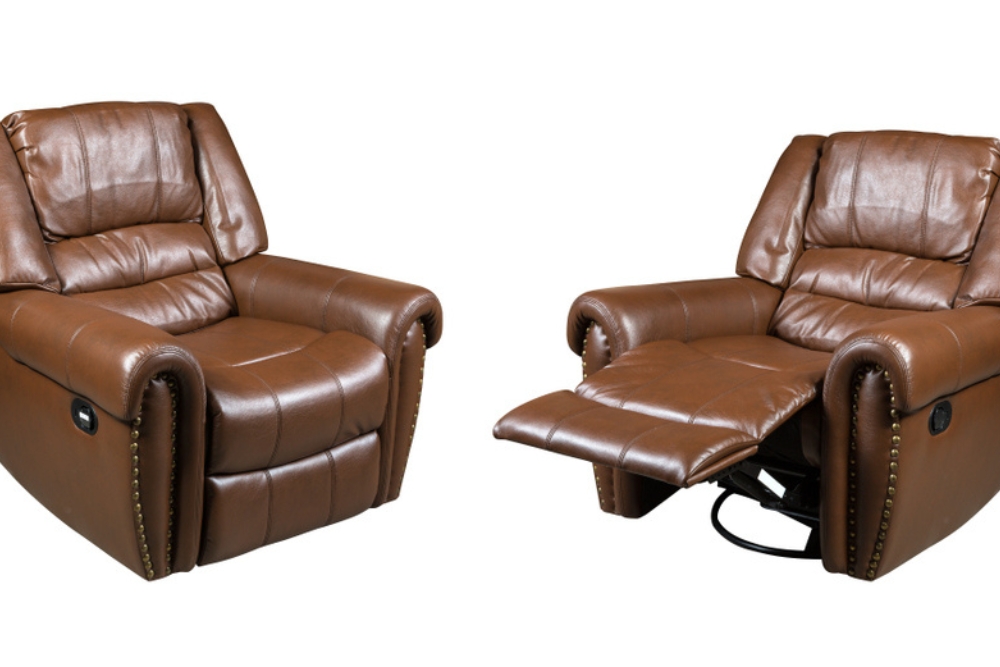What You Need to Know Before Buying a Recliner Chair
Purchasing a recliner chair represents a significant investment in your home comfort. These versatile pieces of furniture offer relaxation, support, and often become the most coveted seat in the house. However, selecting the right recliner involves more than just picking an attractive design. From sizing considerations to material choices and mechanical features, numerous factors determine whether your recliner will provide years of satisfaction or become a source of regret. Before making this important purchase decision, understanding the key considerations can help you avoid common pitfalls and ensure you select a recliner that truly meets your needs.

Common Mistakes People Make When Choosing a Recliner
Many shoppers focus exclusively on style and price, overlooking crucial factors that affect long-term satisfaction. One frequent mistake is failing to measure both the recliner and the intended space properly. Recliners require clearance for the backrest to recline and the footrest to extend—often 12-24 inches behind and in front of the chair. Another oversight is ignoring the chair’s weight capacity and dimensions relative to your body size, which can lead to discomfort or premature wear.
Material selection errors are also common. Buyers sometimes choose fabrics based solely on appearance without considering durability, stain resistance, or maintenance requirements. Leather might look luxurious but requires specific care to prevent cracking, while microfiber may be more practical for homes with children or pets.
Finally, many purchasers fail to test the chair thoroughly before buying. A quick sit-test doesn’t reveal how comfortable the chair will be during extended use or whether the recline mechanism suits your preferences.
Key Factors to Compare: Comfort, Durability, and Adjustment Features
Comfort should be your primary consideration when selecting a recliner. This encompasses proper back support, adequate cushioning, and ergonomic design. Look for lumbar support features and cushioning that feels comfortable but firm enough to maintain its shape over time. The seat depth and width should accommodate your body size with a few inches of clearance on either side.
Durability factors include frame construction, material quality, and mechanism reliability. Hardwood frames offer superior strength compared to particleboard or plastic components. For mechanisms, heavy-gauge steel construction with reinforced stress points indicates quality engineering that will withstand repeated use.
Adjustment features vary significantly between models. Basic recliners might offer just one or two positions, while advanced models provide infinite positioning, power controls, or specialized features like heat and massage functions. Consider which adjustments matter most for your needs—whether it’s a smooth rocking motion, swivel capability, or precise positioning control.
What to Check Before Purchase to Ensure Long-Term Value
Before finalizing your purchase, thoroughly examine the recliner’s construction quality. Check that all seams are tight and straight, with no loose threads. The upholstery should be evenly applied with consistent patterns or textures. Test all mechanisms multiple times to ensure smooth operation without squeaking, grinding, or sticking.
Warranty terms reveal much about the manufacturer’s confidence in their product. Quality recliners typically come with frame warranties of 5+ years and mechanism warranties of at least 3 years. Limited lifetime warranties on frames indicate exceptional quality. Read the warranty details carefully, noting what’s covered and what might void coverage.
Consider long-term maintenance requirements as well. Some materials require regular conditioning or professional cleaning, while others are more forgiving. Removable covers offer practical advantages for cleaning, especially in households with children, pets, or allergy sufferers.
Recliner Types and Feature Comparisons
Different recliner types serve various needs and spaces. Understanding the options helps match your selection to your specific requirements.
| Recliner Type | Mechanism | Special Features | Best For |
|---|---|---|---|
| Traditional | Manual lever | Classic looks, usually rocks | General use, traditional décor |
| Wall-Hugger | Space-saving slide design | Requires minimal wall clearance (3-6”) | Small spaces, apartments |
| Power | Electric motors | Precise positioning, easier for mobility issues | Elderly users, precision comfort |
| Lift Chair | Power lift mechanism | Assists standing/sitting | Users with mobility challenges |
| Rocker Recliner | Combines rocking with reclining | Soothes with gentle motion | Nursing parents, those who enjoy rocking |
| Swivel Recliner | 360° rotation base | Increased versatility | Open floor plans, conversational areas |
Prices, rates, or cost estimates mentioned in this article are based on the latest available information but may change over time. Independent research is advised before making financial decisions.
Size and Room Placement Considerations
The recliner’s dimensions and your available space significantly impact satisfaction with your purchase. When measuring, remember that most recliners need 12-24 inches of clearance behind for full recline. Wall-hugger models require less space (typically 3-6 inches) but still need some clearance. Similarly, the footrest extension requires adequate forward space without obstructing walkways.
Consider traffic patterns in your room. A poorly placed recliner that blocks pathways or doorways quickly becomes an annoyance. For optimal viewing of television or other focal points, position the recliner at a comfortable angle and distance. In smaller rooms, swivel recliners offer flexibility for conversation and viewing without repositioning the entire chair.
The recliner’s scale should also complement your room’s proportions. Oversized recliners can overwhelm small spaces, while compact models might look out of place in large, open areas with substantial furniture. Measure doorways, hallways, and stairwells to ensure the recliner can be delivered to its intended location—many recliners cannot be disassembled for delivery.
Conclusion
Purchasing a recliner chair requires thoughtful consideration of size, materials, mechanisms, and features that align with your specific needs. By avoiding common selection mistakes and thoroughly evaluating comfort, durability, and adjustment capabilities, you can find a recliner that provides years of satisfaction. Remember to physically test any recliner before purchase whenever possible, carefully check construction quality, and understand warranty terms. With proper research and attention to these details, your recliner can become a treasured piece of furniture that delivers both comfort and value for many years.




